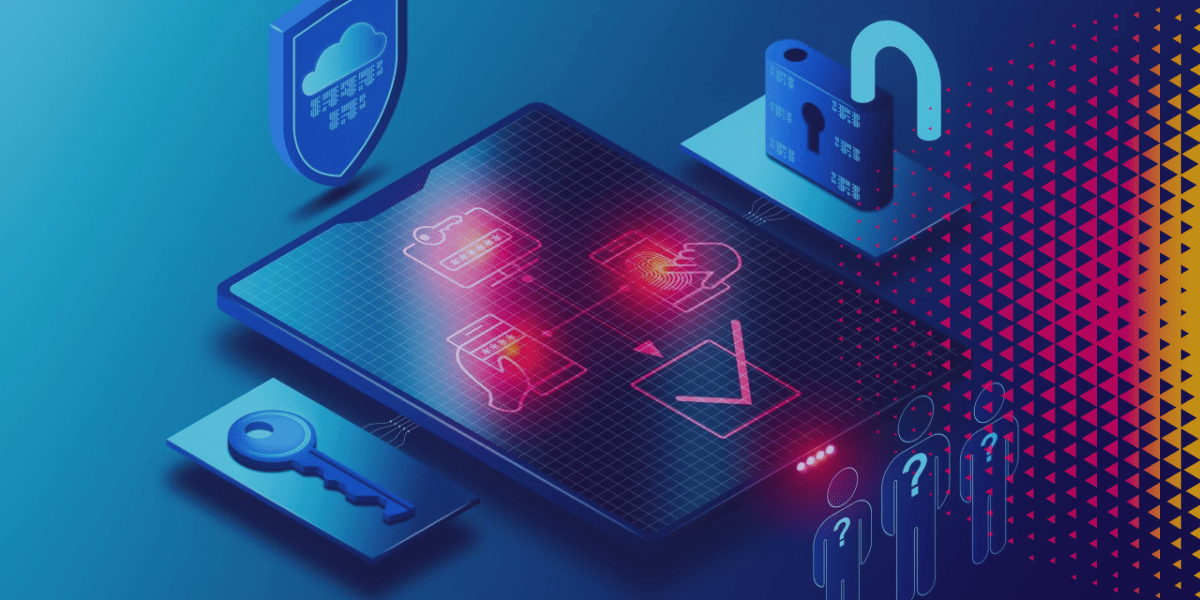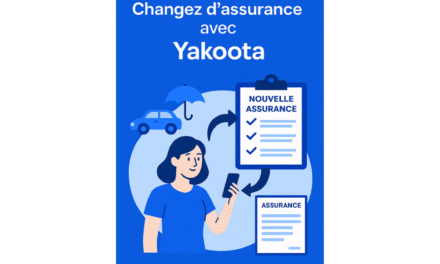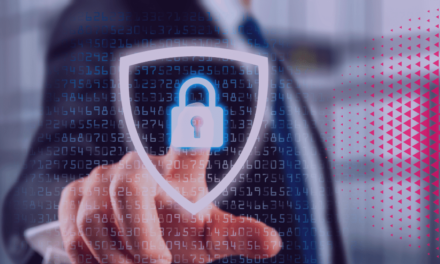What is multifactive authentication?
Multifactor authentication, also called MFA (Multi factor authentication))is a security system that uses several authentication methods to check the identity of a user.
Concretely, it consists in setting up several levels of protection to prevent unauthorized people from accessing a network. Thus, if a computer pirate manages to unravel the encryption of an authentication factor, he will still have to cross one or more protections before being able to connect.
The MFA is therefore a real asset for securing your applications or platforms.
How does MFA authentication work?
Unique authentication is based on a single security, that is to say a password in the majority of cases. The MFA adds an additional factor associated with the user’s account: its identity is therefore verified on several occasions, before it can connect.
One of MFA authentication methods The most widespread is two factors authentication:
- The user identifies himself for the first time by entering their username and password.
- An authentication code, confidential and valid for just a few minutes, is sent to him by email, or on his mobile by SMS or by phone. His identity can then be checked a second time thanks to this single -use password.
Nevertheless, beyond code management, other factors can be used to guarantee data security, for example using biometrics: a fingerprint, voice or facial recognition …
Finally, it is possible to go even further with theAdaptive multifactor authentication. It consists in configuring a profile for each user, containing a lot of information such as their geographic location, their role, its registered devices …
With each connection attempt, the system assesses the request and assigns it a risk score by relying on the information mentioned above. According to the score obtained during this verification, the user must have a certain number of authentication steps.
Why adopt multifactor authentication?
Authentication techniques play a key role in most IT attacks. Indeed, a hacker must connect to be able to access the data that interests him. THE Deployment of a multifactor authentication solution So makes it possible to instantly protect IT resources against theft, account usurpation and phishing.
In addition, data protection regulations are increasingly strict. In certain sectors of activity, the MFA is even essential to comply with legal requirements. Since 2019, banks and payment service providers have been obliged to implement multifactorial authentication for most remote payments, access to the account and sensitive operations.
Finally, the MFA is an effective way adapted to new professional practices such as telework and mobility. This technology makes it possible to secure access to applications, the company’s network or the cloud, from any place and any device.
MFA and SSO: a winning combo for maximum safety
THE Single sign-on (SSO) is an authentication technology to use a single identifier and a single password to connect to a multitude of applications and websites.
When a person connects to an SSO service, an authentication token is generated automatically, proving that the user has been verified. The SSO solution is then responsible for connecting the user automatically to the applications and sites of their choice.
However, this authentication process presents certain safety limits. This is why it is interesting to combine it with a more robust mechanism. By associating SSO and MFA, it is possible to easily identify and authenticate each user, while guaranteeing an optimal level of security.
4 essential points to implement multifactor authentication
Here are some essential recommendations for successfully deploying a multifactor authentication system (MFA).
Choose an adapted solution
A multifactor authentication solution must be able to be implemented quickly by the IT department, avoiding the too laborious installation and configuration phases. In addition, it must be easily deployed for all users, without having to acquire additional hardware or software.
You must also take care to choose a Solution compatible with IT infrastructure existing. Simple to manage on a daily basis, it should allow administrators to react as soon as possible in the event of alert or problem.
Take care of the user experience
One of the brakes on the adoption of the MFA is its supposed impact on the user experience. Indeed, more security means more steps to connect: authentication can therefore be perceived as long and redundant.
Fortunately, there are solutions to overcome this problem, starting with the implementation of contextual access controls. Rather than using MFA at each connection, the latter can be invoked under certain conditions: for example, depending on the user location or the time of day.
In all cases, the authentication solution must be intuitive and easy to use, in order to make this verification procedure as fluid as possible for the user.
Form and sensitize users
The human factor is responsible for the majority of IT attacks: Hence the need to raise awareness and train in cybersecurity. Well -informed users are an additional line of defense in the face of threats, while considerably limiting risks.
Deploy the MFA for all accounts
L’Multifactorial authentication is often used in a limited manner, to protect the most privileged accounts. Thus, the Directorate of Information Systems can easily control and restrict the use of these few accounts.
But MFA is gaining in deployed for all accounts with access to data, applications or critical systems. For example, many users can access a company’s customer database, when they do not necessarily have a “privileged” status.





